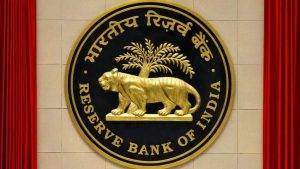Loan-to-Value (LTV) Ratio:

Providing relief to small borrowers, the Reserve Bank of India (RBI) recently increased the loan-to-value (LTV) ratio for gold-backed loans up to ₹5 lakh.
Recent RBI Changes to Loan-to-Value (LTV) Ratio for Gold-Backed Loans:
- RBI has increased the LTV ratio from 75% to 85% for gold loans of up to Rs 2.5 lakh per borrower, including interest.
- For gold loans more than Rs 2.5 lakh and up to Rs 5 lakh, the LTV ratio has been set at 80 percent.
- For loans more than Rs 5 lakh, the central bank has set an LTV of 75 percent.
- LTV Ratio represents the proportion of an asset’s value that a lender is willing to provide debt financing against, usually expressed as a percentage.
- LTV is calculated by dividing the loan amount by the property’s appraised value or purchase price, whichever is lower.
- LTV Ratio = (Loan Amount/Appraised Property Value) x 100
- LTVs tend to be higher for assets that are considered more “desirable” as collateral.
- The desirability of an asset as collateral is generally measured by how stable its value is, how active its secondary market is, and how easily the title can be transferred to other parties (among other things).
- Typically, loan assessments with high LTV ratios are considered higher-risk loans. Therefore, if the loan is approved, it has a higher interest rate.




